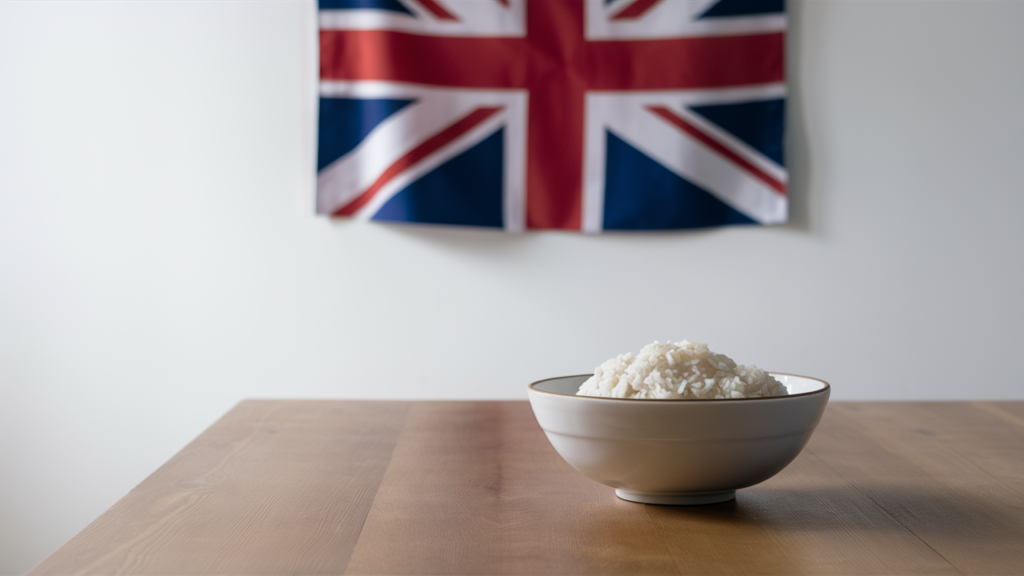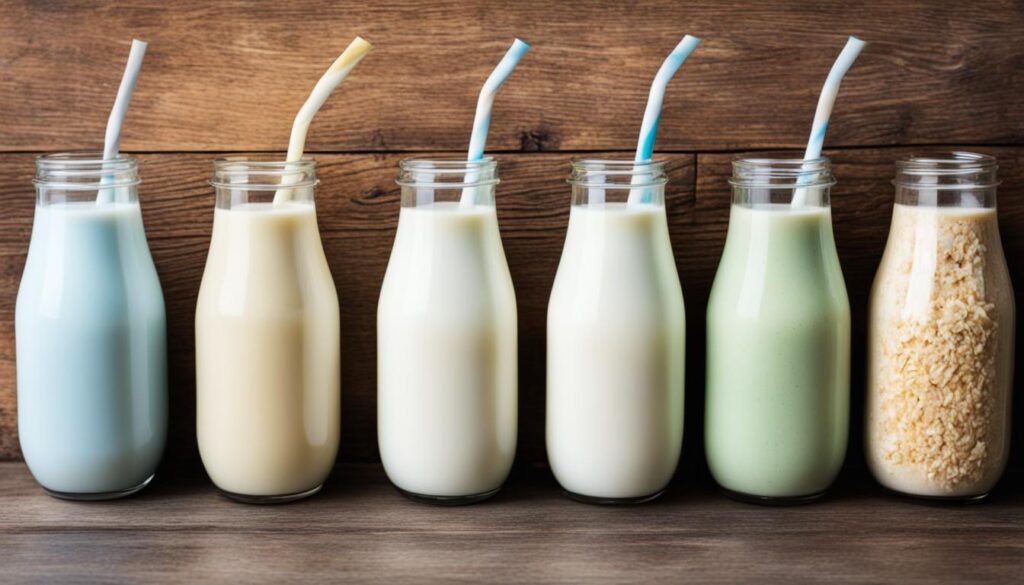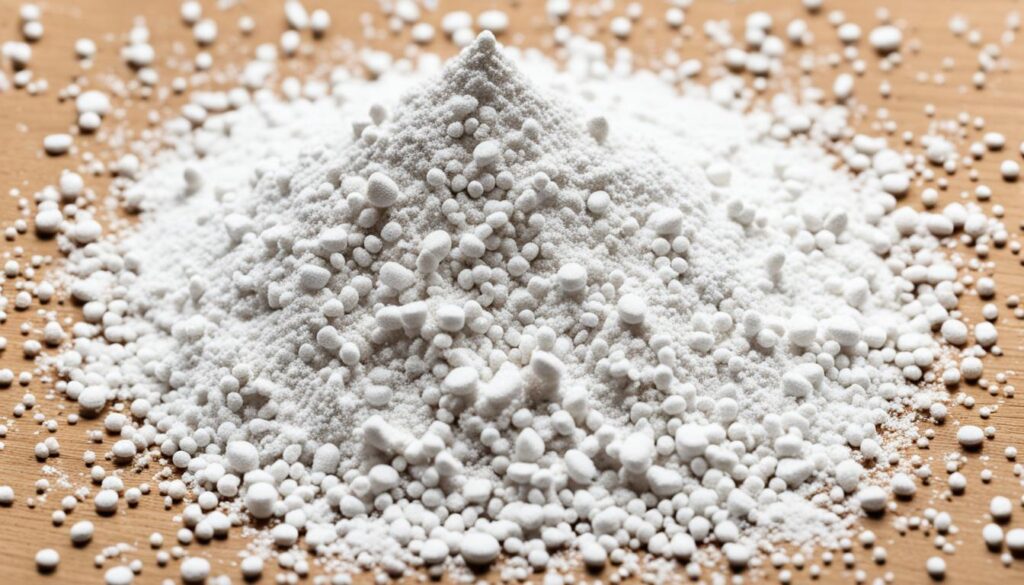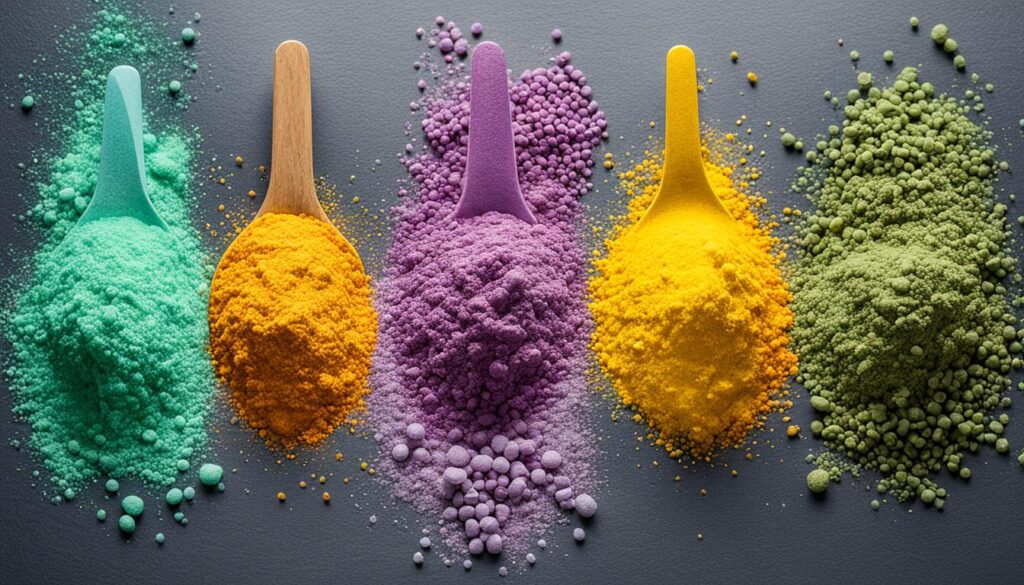Does rice have a lot of protein?
Rice is the most demanded world’s oldest cereal grain, cultivated for at least 5,000 years.
Rice is a staple meal for more than half of the world’s population, and Asia produces 90% of the world’s rice. There are many varieties of rice, but they are classified as white or brown based on how they are processed (whole grain). White rice is the most popular, however, brown rice has greater health advantages.
The important thing to know about rice is that does rice have protein?
Rice protein is recommended as one of the essential plant-based proteins that may be applied or utilized as an important component in a variety of goods, including baby food and gluten-free foods.
Rice protein helps lower both cholesterol and triacylglycerol levels in the liver, suppressing the activities of fatty acid synthase, glucose 6-phosphate dehydrogenase, and malate dehydrogenase in the liver while increasing the activities of lipoprotein lipase and hepatic lipase. However, rice protein extracted with -amylase is more efficient than rice protein extracted under alkaline circumstances in lowering cholesterol levels in the liver, possibly because the former is more indigestible than the latter and stimulates bile acid excretion through the feces. Rice protein obtained by alkaline or -amylase inhibits fatty acid synthase, glucose 6-phosphate dehydrogenase, and malate dehydrogenase activity in the liver while increasing lipoprotein lipase and hepatic lipase activity.
Rice protein includes lysine, which is hypoallergenic- suitable for human ingestion. Rice proteins exist as seed storage proteins in the protein granules called protein bodies. The amino acids found help build muscle tissue and organ tissue, support cell walls and power neurotransmitters for neurological functions.











